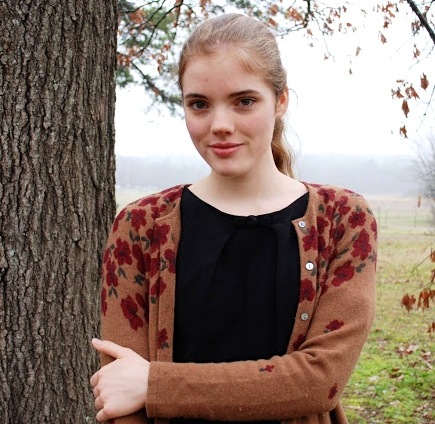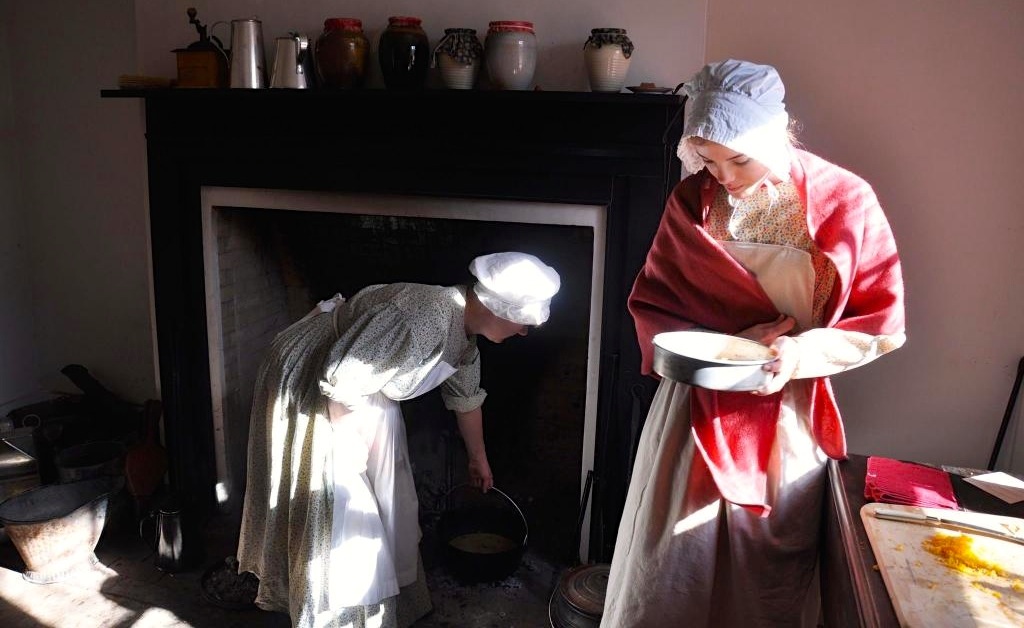Student captures by-gone era with images
More than a century ago, long before social media provided a way to quickly post and comment on fresh photos, there were stereographs — documentary-like images that created the illusion of depth and amazed millions in the process.
Numerous stereographic images exist today, and they provide a peek into a by-gone era in Arkansas.

UALR public history graduate student Hattie Felton is the curator of “Capturing Early Arkansas in Depth,” an exhibit focused on the state’s stereographic images. She says the photos provide a great historical tour through the state.
The exhibit opens Dec. 12 and continues in the Arkansas Made Gallery of the Historic Arkansas Museum through April 5.
“The exhibit gives us insight into 19th-century Arkansas,” she said. “We get a window into its early growth and tourism, railroad expansion, and its unique culture and people.”
Unlike traditional studio photographers, stereo photographers took their cameras outdoors to capture life as was happening. The spontaneous photography imparted a documentary quality to many of the images, said Felton.
“Stereography is interesting because it bridged demographic and socioeconomic gaps and provoked lots of discussions at the time, just like posting an image online today can do,” she added.
Given her skill set, it should come as no surprise to those who know her well that Felton has a knack for being steeped in public history.
“I think Hattie’s special skill is working well with other people, and other students will even say she makes them better,” said Assistant Professor Charles Romney of the UALR Department of History.
“With people like Hattie, you learn more than you teach,” he said.
Felton, who graduates in December, said her public history degree will provide the opportunity “to not just take classes but to actually work with professionals in the field who might someday be my future colleagues.”
Felton’s exhibit on stereographic images is not her first exposure to museum work.
She works alongside curatorial staff at the Historic Arkansas Museum to access, catalogue, and store various artifacts. In addition, she helps in exhibit installation, hanging art shows, and providing tours of the historic grounds.

She also assists with various educational and interpretative programs, such as the Log Cabin Repair and Restoration Workshop. Held periodically, the five-day workshop is an opportunity for participants to investigate and repair log cabin deterioration problems in various buildings.
Felton is also one of several UALR students who not only ran in the Susan G. Komen Race for the Cure on Oct. 4 but also recorded the history of the nonprofit organization in Arkansas through a graduate-level capstone project.
She said that as student researchers, she and her peers had to weave many resources into “one meaningful historical narrative,” to communicate the challenges, triumphs, and impact of the organization.
Felton, an Arkansas Museum Association scholarship recipient, is a member of the Phi Alpha Theta National History Honor Society, the Arkansas Historical Association, and the Arkansas Museums Association.
In 2013, she earned third place in the category of Graduate Social Sciences and Humanities during the annual research expo for her entry titled “Looking at Life in Ghana in 1912 Through the Gold Coast Leader.”